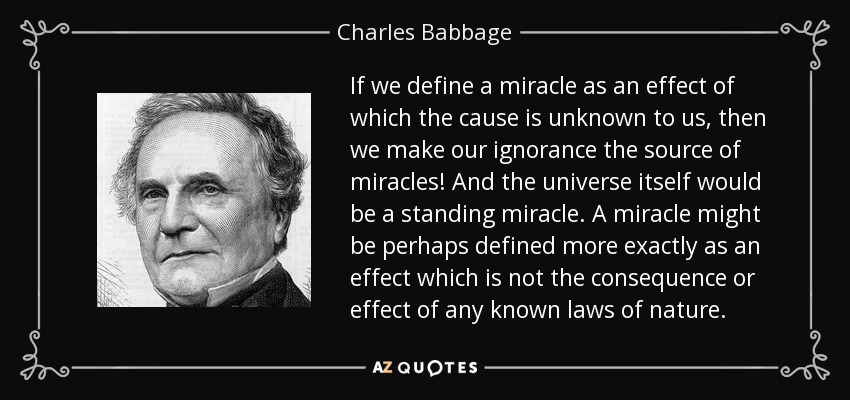New Testament Miracles
A miracle is generally defined, according to the etymology of the word—it comes from the Greek thaumasion and the Latin miraculum—as that which causes wonder and astonishment, being extraordinary in itself and amazing or inexplicable by normal standards. A miracle is also called a sign—from the Greek sēmeion (biblical Hebrew ot)—signifying and indicating something beyond itself. Extraordinary and astonishing occurrences are thought to express, reveal, or signify a religious reality,
In the Bible, miracles are understood as extraordinary events that defy natural explanation and are attributed to the direct intervention of God. They are not simply surprising or amazing occurrences, but rather, they point beyond the normal limits of the created world to reveal God’s power, presence, and purposes. Miracles described in the Bible illustrate
- Signs of God’s Presence and Power: Miracles demonstrate God’s active involvement in the world and validate His sovereignty over nature. They inspire awe and wonder in those that witness them.
- Revelation of God’s Character: Miracles reveal specific aspects of God’s character. Healing miracles display His compassion and mercy, while nature miracles demonstrate His control over the created order.
- Confirmation of Messengers: Miracles frequently accompany prophets and messengers of God (like Moses or Jesus) to authenticate their claims and the divine origin of their message.
- Advancement of God’s Purposes: Miracles often play a key role in advancing God’s plans within history, overcoming obstacles, and demonstrating His power and love even in difficult circumstances.
Types of Miracles in the Bible
The Bible showcases a variety of miraculous events, including:
- Healing Miracles: Restoring individuals from sickness or disability.
- Nature Miracles: Controlling natural elements, such as calming storms or providing food in miraculous ways.
- Deliverance Miracles: Rescuing individuals or groups of people from danger or oppression.
- Resurrection Miracles: Bringing the dead back to life.
Do miracles occur in modern times? Yes, considering those individuals with life-threatening illnesses who experience a sudden and complete recovery without any identifiable medical intervention. These recoveries often baffle doctors and researchers.
Faith is a vital component in experiencing or witnessing miracles. Trust in God’s power and willingness to intervene appears to play a role, whether as a catalyst or a result of the miraculous. There are documented instances where those with strong faith have unexpected improvements in physical conditions (spontaneous remissions).
Faith versus Science



Perspectives on Miracles
Miracles are viewed depends on theological and philosophical frameworks:
- Theistic View: Many religious believers understand miracles as genuine acts of God, transcending the natural order, demonstrating God’s unique agency within His creation.
- Naturalistic View: Some people see miracles as events that might currently lack a scientific explanation but could potentially be explained by natural laws we don’t fully understand yet.
- Symbolic View: Others view miracles as symbolic stories meant to convey spiritual truths or inspire faith, rather than historical, literal events.
Are miracles real? On the surface, the likelihood of a Jewish carpenter executed as a criminal 2000 years ago having an enduring impact on the world seems impossibly remote. Condemned by both religious and political powers, his life was unremarkable by most standards of the time. Yet, his message of love, forgiveness, and personal transformation ultimately shaped the course of history and profoundly influenced human thought, ethics, and social institutions.
